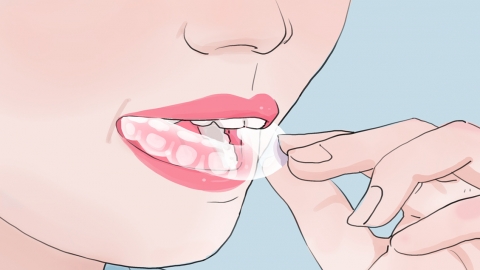What are the disadvantages of having a cavity?
Generally speaking, "kū yá chǐ" (窟牙齿) refers to orthodontic tooth correction. Orthodontic treatment may lead to several adverse effects such as tooth loosening, reduced alveolar bone height, oral ulcers, root damage, and periodontitis. Detailed explanations are as follows:

1. Tooth Loosening
During orthodontic treatment, the roots of the teeth are subjected to force, causing tooth movement. This may gradually destroy the alveolar bone cells. At the same time, the roots may gradually shorten, leading to tooth instability and loosening.
2. Reduced Alveolar Bone Height
Wearing orthodontic appliances may make it difficult to maintain good oral hygiene, increasing the risk of gingivitis, which can affect the alveolar bone. Patients who have undergone orthodontic treatment may experience a slight reduction in alveolar bone height.
3. Oral Ulcers
During orthodontic treatment, the braces can easily injure oral tissues, causing trauma. If oral hygiene is neglected at this time, oral ulcers may develop easily. Oral ulcers not only cause pain but may also affect normal eating and speaking.
4. Root Damage
During orthodontic correction, the root surfaces also undergo remodeling processes such as resorption and proliferation. If excessive force is applied during treatment, the risk of root resorption increases, causing damage to the roots.
5. Periodontitis
Due to the presence of braces, teeth are difficult to clean thoroughly, making it easy for food debris and soft plaque to remain on the teeth and braces. Long-term irritation and accumulation of these substances may induce periodontitis, leading to symptoms such as pain, swelling, and bleeding.
During orthodontic treatment, it is important to maintain good oral hygiene, attend regular follow-up appointments, and have the braces adjusted as needed to ensure effective treatment and maintain oral health.




